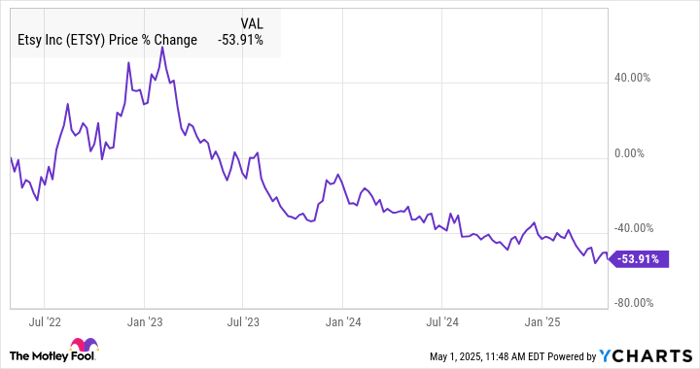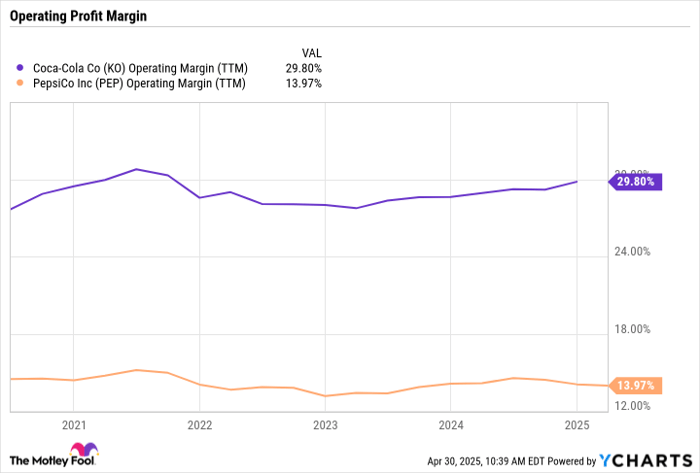“`html
Understanding Stock Splits and the Current Performance of Netflix
When a company’s stock splits, it does not alter the underlying fundamentals. Shareholders retain the same percentage of ownership in the company as they did prior to the stock split.
However, initiating a stock split can signal strong confidence from management to investors. Typically, management will consider a stock split after a significant increase in the stock price. By announcing a split, the company implies that the recent price surge is justified and anticipates further growth.
Management’s confidence that arises from a stock split is contingent on the company’s next earnings report or news updates. If the company’s fundamentals are not strong or if the stock price has surged too quickly, it may not be sensible to invest solely based on the announcement of a stock split.
Currently, one stock attracting attention is poised for a potential stock split this year. It has risen 284% since the beginning of 2023, presenting an opportunity for investors regardless of any future split announcement. Here’s why investors should consider buying Netflix (NASDAQ: NFLX) now.

Image source: Getty Images.
A Best-in-Class Company with Rising Stock Price
Netflix has adopted a concentrated strategy over the last few years: achieving a target operating margin while heavily investing in new content. Over time, key metrics like earnings and free cash flow will align.
This approach has yielded results. The company reported an impressive 31.7% operating margin last quarter, with expectations to increase it beyond 33% in the second quarter. Notably, it maintained a full-year target of 29% after its first-quarter earnings report, allowing for increased content expenses in the latter half of the year. This target reflects a healthy growth from the 27.4% margin posted last year.
Meanwhile, free cash flow has surged significantly. Following years of heavy investment in original content and accumulating debt, the company is now generating billions in free cash flow each quarter. It achieved a record $2.66 billion in free cash flow last quarter, with management projecting a total of $8 billion for the year. A significant portion of this will be allocated for share repurchases, enhancing earnings per share for investors.
Investors are taking note of the expanding margins and increasing free cash flow, pushing the stock to an all-time high following its latest earnings report. Shares are now trading well above the $1,000 mark, making it a prime candidate for a stock split. Netflix last conducted a split in 2015, implementing a 7-for-1 split when shares traded around $700.
A Bright Future Ahead
Several factors make Netflix an attractive investment even at its current valuation.
First, the company demonstrates substantial pricing power. Quality content and an expansion into live programming underlie this strength. Price increases over the years have had minimal impact on subscriber growth. Additionally, Netflix successfully enforced its crackdown on password sharing and is currently initiating another round of price hikes.
With new revenue from price increases, Netflix is reinvesting in high-quality content. This year, management expects to spend $18 billion on new content, which will attract new subscribers and retain current customers paying higher monthly fees.
Alongside price hikes, Netflix has launched a lower-priced ad-supported tier, giving consumers another payment option. This presents significant growth potential as Netflix strengthens its advertising capabilities. Last quarter, it started using its own advertising technology in the U.S. and plans to expand this globally later this year.
Advertising offers considerable potential for Netflix in the long term. Few streaming services have secured audience engagement like Netflix. It serves as a primary choice, enabling it to achieve above-average revenue per user from its advertising tier. This approach allows Netflix to maintain lower pricing for its ad tier while increasing prices for its ad-free tier.
Management anticipates ad revenue will double by 2025 as it moves into the next phase of its “crawl, walk, run” strategy. This method enables the company to gradually implement new initiatives, testing and refining them through each stage and minimizing risks. The company aims to fully adopt its advertising strategy by 2026.
Despite the promising outlook, some investors might view the stock as overvalued at its current price, with a forward price-to-earnings ratio of 44 appearing quite steep. Its free cash flow yield of only 1.5% may not attract value investors. However, the long-term free cash flow generation is expected to increase significantly, especially as management aggressively repurchases shares, which should further enhance earnings growth.
For these reasons, I am keeping my Netflix shares, whether or not a stock split occurs.
Should You Invest $1,000 in Netflix Right Now?
Before making an investment in stock in Netflix, it is important to consider:
The analysis team has identified what they believe are the 10 best stocks for investment right now, and Netflix is not included. The selected stocks have significant potential for strong returns in the upcoming years.
Reflect on when Netflix was recommended on December 17, 2004… a $1,000 investment at that time would now be worth $623,685!*
Or consider Nvidia when it was recommended on April 15, 2005… that same $1,000 investment would now have grown to $701,781!*
It’s worth noting Stock Advisor’s total average return has been 906%— a substantial outperformance compared to 164% for the S&P 500. Don’t miss out on the latest top 10 list, available when you join Stock Advisor.
See the 10 stocks »
*Stock Advisor returns as of April 28, 2025
Adam Levy has positions in Netflix. The company has positions in and recommends Netflix. The disclosure policy applies here.
The views and opinions expressed herein are those of the author and do not necessarily reflect those of Nasdaq, Inc.
“`

